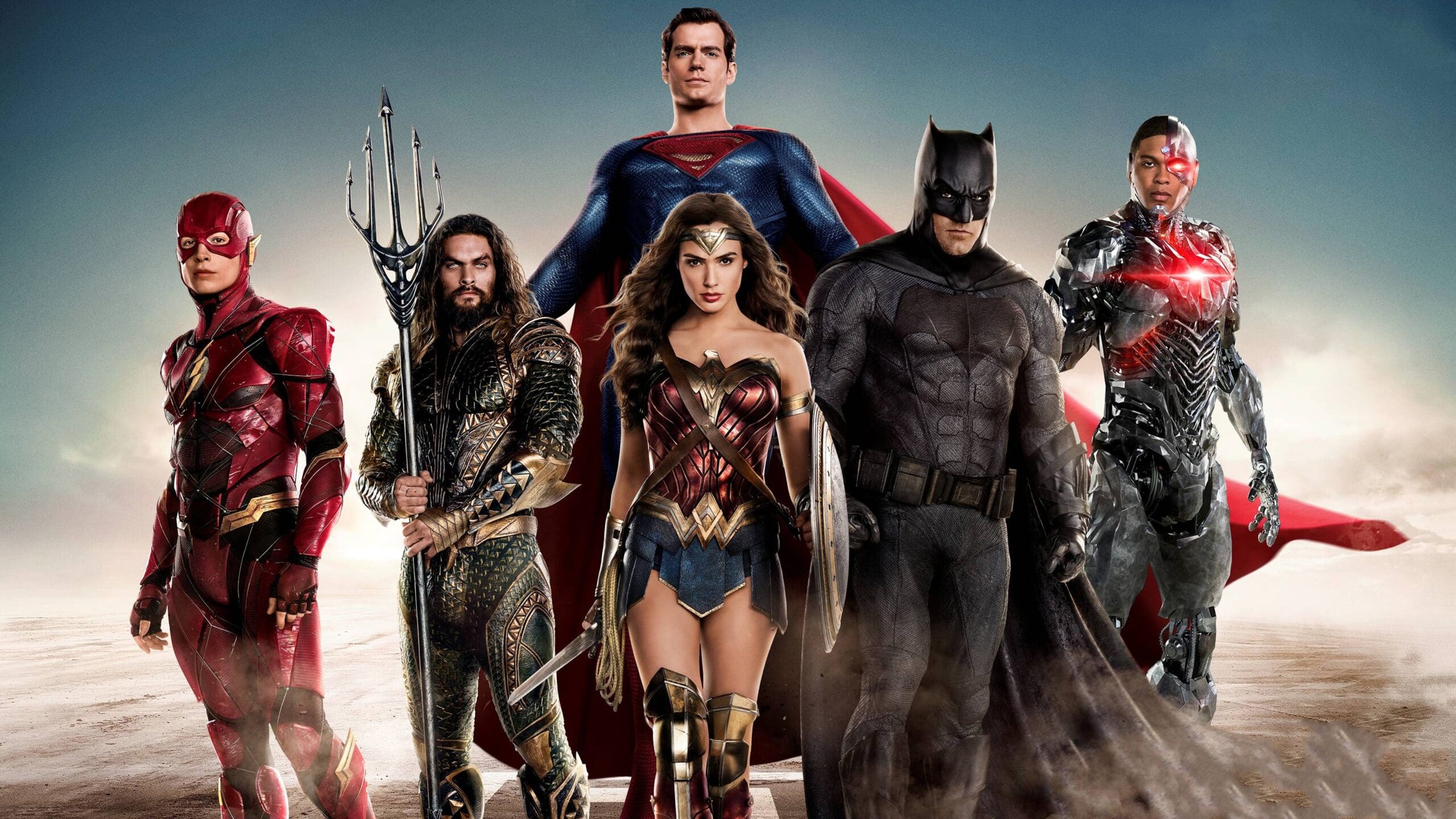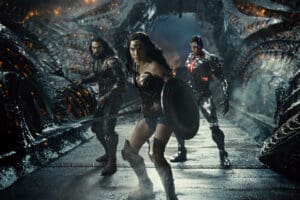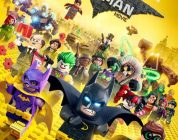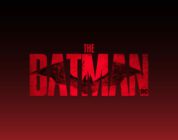Throughout history, there has been a myriad of perspective productions that, for one reason or another, never made their way to theatres. From the likes of Treasure planet 2 to even Jimmy Hayward’s original take on Jonah Hex, fans are often left to wonder what these lost visions would have become onscreen. For a long time, it was assumed that Zack Snyder’s Justice League would join them alongside other comic book properties such as Justice League Mortal, James Cameron’s Spider-Man and X-Men spin-off Fear the Beast. However, fans refused to give up on Zack Snyder or his dark and bold vision for the DC Universe. After 3 years of myth and rumor, Zack Snyder’s Justice League has finally arrived. So has the age of heroes finally come? The time has finally come to find out.
Zack Snyder’s Justice League centers around iconic DC hero Bruce Wayne as he must build an alliance to stop Steppenwolf from gathering the Mother-boxes and creating the Unity.
Zack Snyder’s Justice League is a story of pain, a tale of brokenness, and a unifying journey of hopefulness against all odds. From the very beginning, as audiences view the death of Superman, there is a sense of dread and despair. The guardian and beacon of hope has been lost to a terrible experiment. The world is broken and torn asunder. Hopelessness is everywhere. What kind of world can bring such heroes is a question no one answers? However, as the film demonstrates, an Age of Heroes has once saved the Earth before. A new age must dawn, but this age is filled with darkness that the heroes we know and love must overcome.
Expanding the Narrative
Watching the film, it’s pretty easy to see the spine of Whedon’s iteration. Yet, in comparison, this is a far deeper and more cohesive vision of these characters. Every moment carries far more weight and builds on Batman V. Superman: Dawn of Justice in a way the theatrical cut would’ve never reached; in large part, this is due to the initial 2-hour mandate. In addition, Steppenwolf’s role in the film has now been expanded slightly. It isn’t much, but it’s enough that we can have a better understanding of what the Justice League is up against. However, the film’s greatest assets are the expansion of character arcs particularly, The Flash and Cyborg.
While the original cut had a Flash that separates itself from the tv show; here we not only get a Flash that has a better grip on his powers but also gets more of a fleshed-out scene between Barry and his father. While it is largely the same scene as the theatrical version, a lot more of Henry’s personality shines through and really makes one lament the fact that he will no longer be playing the role in the upcoming Flashpoint solo film. Snyder does a lot with a little here and it really showcases the importance of having a great screenwriter/director behind the story.
The Return of Cyborg
Like the Flash, Ray Fisher’s Cyborg gets an extended role in the Snyder Cut. Just from the first trailers for Justice League, prior to the reshoots, fans knew there were a lot of Cyborg scenes to look forward to. This is something that Fisher had backed up in more recent interviews, as he detailed how he sat down with writer Chris Terrio to reassure that Victor Stone was a fully developed nuanced character. This expanded role carried significant importance to the firm since at the time this was going to be the character’s big-screen live-action debut.
I’ve been a fan of the character since the 2003 Teen Titans animated series, so Cyborg’s inclusion in the film was of great importance to me. While I loved his arc in the 2017 film, the work Fisher and Terrio didn’t couldn’t be seen. The Snyder Cut by far provided a much meatier arc for this character. Not only do we get some moments that often recall the new 52’s initial Justice League arc, but we also get to have some extended moments with Victor Stone that allow us to get to know the character rather than the implied moments we got before.
This arc is aided by an absolute standout performance by sci-fi elder statesmen Joe Morton. From Terminator 2 to Smallville, Morton constantly elevates whatever film he’s in, and Zack Snyder’s Justice League is no exception. Snyder allows the Silas/Victor relationship to shine and the audience to truly get a better sense of the acrimony between the two and the melancholic nature the relationship ultimately takes on.
Expanding the Universe
Special mention must also go to Ray Porter, Ryan Zheng, and even Jared Leto. All three of these men do not have big roles, but they all make strong impressions throughout the film. From the moment I found out Ryan Choi was in the film I was so curious about what Snyder would do with him, especially since Snyder could have easily gone with the original Atom, Ray Palmer. To me, Zheng was the perfect scene partner for Morton’s Silas and really showcased the character’s personality. Zheng made a strong case for why WB should do Snyder’s Atom spin-off, so here’s hoping that comes to fruition down the road.
As for frequent audiobook narrator Ray Porter, he did a great job as the iconic DC villain. In just a few scenes, he was able to convey a menacing tone that got fans’ minds turning about where the character could go in the future. I’d be remiss if I didn’t give a special shout-out to the extended cameo from Marc McClure. It was the perfect tip of the cap for longtime Superman fans as he continued a loose tradition of having former Jimmy Olsen actors show in DC projects (Jack Larson having shared a nice moment with Sam Huntington in Superman Returns). I really appreciated that it was more than a blink and you miss the moment.
Some Issues
Despite all this praise, the movie does have its issues, particularly when it comes to pacing. Several scenes felt unnecessary, particularly Jared Leto’s scenes. Was it great to see him back in the role again? Absolutely, but I have to begrudgingly admit that it was unnecessary. This was but one of several fan service moments that dragged the film down. Ultimately, the film could have been a good 30 mins shorter and been stronger for it. All that being said, I don’t hold it against Snyder too much. After all, this is his complete vision, warts and all.
Fortunately, Tom Holkenborg aka Junkie XL’s score was not one of them. While it was nice to hear Danny Elfman’s glorified DC medley in the theatrical, there’s just something about Holkenborg’s score that elevates the entire movie, adding to the film’s operatic film. To me, this is the one element of the film that transcends the genre and firmly places Holkenborg in the hall of fame of composers. I can’t wait to see what he does next.
Despite some pacing issues, Zack Snyder’s Justice League is a triumph. With greater emphasis on fan-favorite Cyborg as well as hewing closer to Zack Snyder’s style and aesthetic, this iteration of the divisive DC team-up is sure to have fans talking for years to come. Although this may mark the end of Snyder’s tenure, it’s great to see that Snyder was able to complete his vision and serve as a reminder that a combination of passion, creativity, and tenacity can ultimately bring justice for fans and creators alike.








